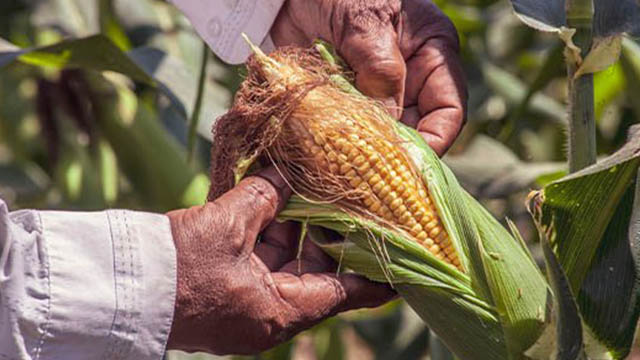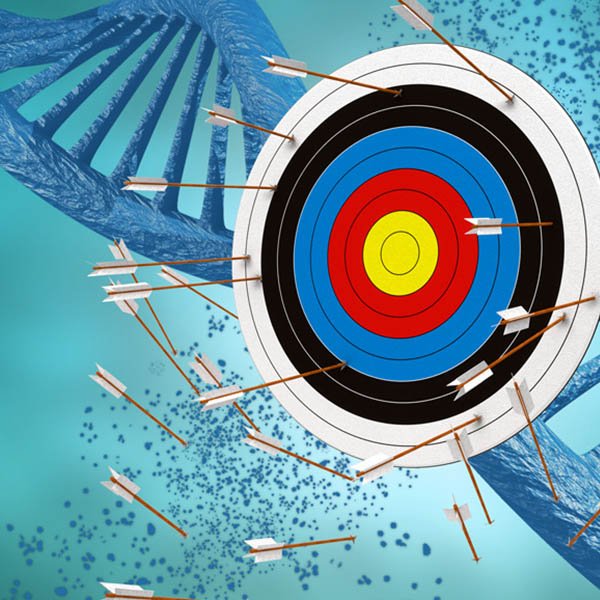Scientific References

References about the unintended consequences of gene editing
References about the unintended consequences of gene editing
MUTATIONS CAN AFFECT THE FUNCTIONING OF MANY GENES

UNINTENDED MUTATIONS

UNINTENDED MUTATIONS
CHROMOSOMAL
OFF-TARGET
Gene-editing tools, especially CRISPR, are prone to causing mutations (damage) to the organism’s DNA at locations other than the intended edit site (off-target mutations.)
Wolt JD et al (2016). The Plant Genome 9(3):10.3835/plantgenome2016.05.0047.
https://pubmed.ncbi.nlm.nih.gov/28712498/
Zhu C et al (2017). Trends in Plant Science 22(1):38–52.
https://pubmed.ncbi.nlm.nih.gov/27645899/
Genomic rearrangement resulting from shattering of chromosomes (chromothripsis) at on-target gene editing sites
Large DNA deletions and rearrangements at both off-target and on-target sites
Gene-editing process-induced mutations
Unlike naturally occurring genetic changes, gene editing makes the whole genome accessible for changes
Creation of new gene sequences leads to new RNA and protein products
Insertion of foreign and contaminating DNA into genome at editing sites
Genomic rearrangement resulting from shattering of chromosomes (chromothripsis) at on-target gene editing sites
Large DNA deletions and rearrangements at both off-target and on-target sites
Gene-editing process-induced mutations
Unlike naturally occurring genetic changes, gene editing makes the whole genome accessible for changes
Creation of new gene sequences leads to new RNA and protein products
Insertion of foreign and contaminating DNA into genome at editing sites
NEED FOR REGULATIONS

Unintended genomic outcomes in current and next generation GM techniques
Classical genetic engineering and new genome editing techniques, especially the CRISPR/Cas technology, increase the possibilities for modifying the genetic material in organisms. Legitimate safety concerns arise from the unintended genetic modifications that have been reported as side-effects of such techniques.
New GM plants do not have a history of safe use and should not be exempted from biosafety assessments
Eckerstorfer MF et al (2021). Biosafety of genome editing applications in plant breeding: Considerations for a focused case-specific risk assessment in the EU. BioTech 2021, 10(3), 10 https://doi.org/10.3390/biotech10030010 This important review of the safety of gene-edited GM plants for health and the environment was authored by a group of scientists working for national government regulatory agencies in EU member states and Switzerland. The review discusses how to assess the risk and safety of gene-edited GM plants in light of the European Food Safety Authority (EFSA) opinions on this topic. It challenges EFSA to improve its guidance on the risk assessment of gene-edited GM plants and points out some misconceptions on the part of EFSA, certain scientists, and lobbyists who want to weaken regulations on gene-edited plants.


Other reports on the need for regulation of gene editing include:
Not enough is known about the off-target modifications brought about by some forms of gene-editing to assume safety
If gene-edited plants can, as claimed, be developed at greater speed, that can mean HIGHER risk.
Kawall K: The generic risks and the potential of SDN-1 applications in crop plants. https://www.mdpi.com/2223-7747/10/11/2259/htm

